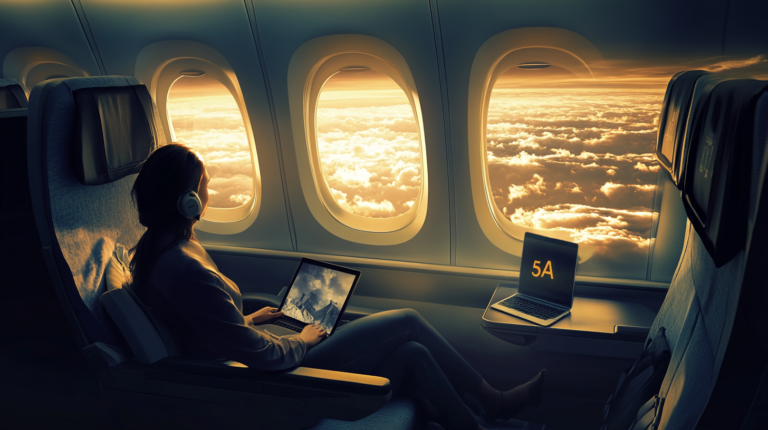Flying Solo: The Rise of Single-Travel Experiences
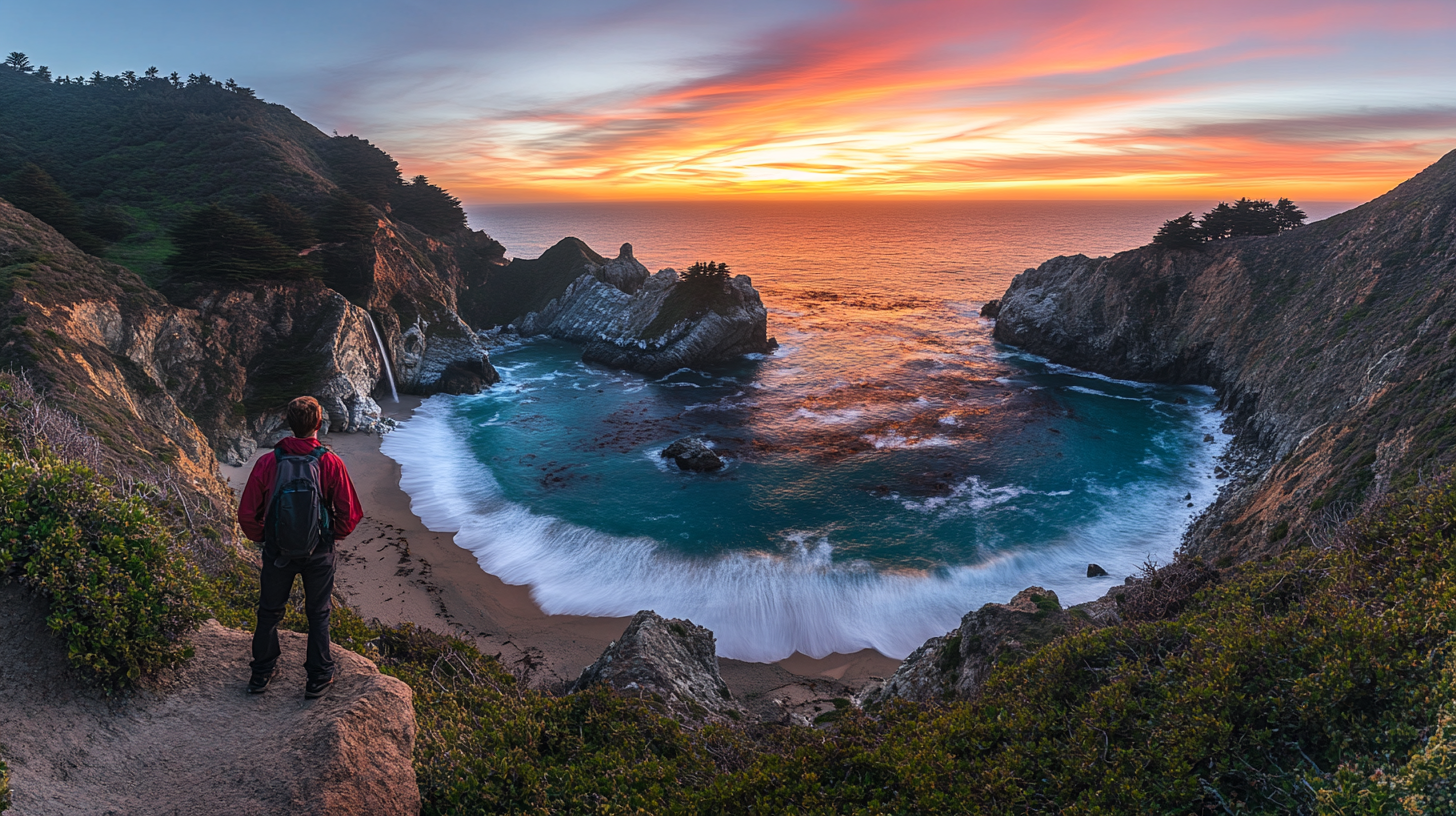
The landscape of global travel is undergoing a profound transformation, as an increasing number of individuals choose to explore the world on their own terms. Solo travel, once considered a bold and unconventional choice, has evolved into a widely embraced movement that celebrates autonomy and personal discovery. With the easing of travel restrictions and a collective yearning for new experiences after prolonged confinements, people from diverse backgrounds are packing their bags to embark on solo adventures. This surge is more than a fleeting trend; it signifies a fundamental shift in societal values towards self-reliance and experiential living. It is reshaping the way in which the travel industry operates, compelling destinations, accommodations, and tour operators to innovate and cater to the distinctive preferences of solo travelers.
The Surge in Solo Travel Post-Pandemic

In the wake of global lockdowns and travel restrictions, people around the world have been reevaluating their personal goals and aspirations. This introspection has ignited a strong desire to seize the moment and experience life more fully, which is evident in the surge of solo travel. Recent data indicates that Google searches for “solo travel” have doubled since 2018, with an astonishing 132% increase from April 2021 to March 2022 alone. According to global trends in solo travel interest from 2018 to 2022 , this remarkable growth underscores a collective yearning to break free from the confines of isolation and embrace the adventure of exploring new places independently. Travelers are not only eager to make up for lost time but are also seeking deeper, more meaningful connections with the world around them. The surge in solo travel post-pandemic reflects a significant shift toward valuing personal fulfillment and resilience in the face of global challenges.
Who Is Traveling Solo?
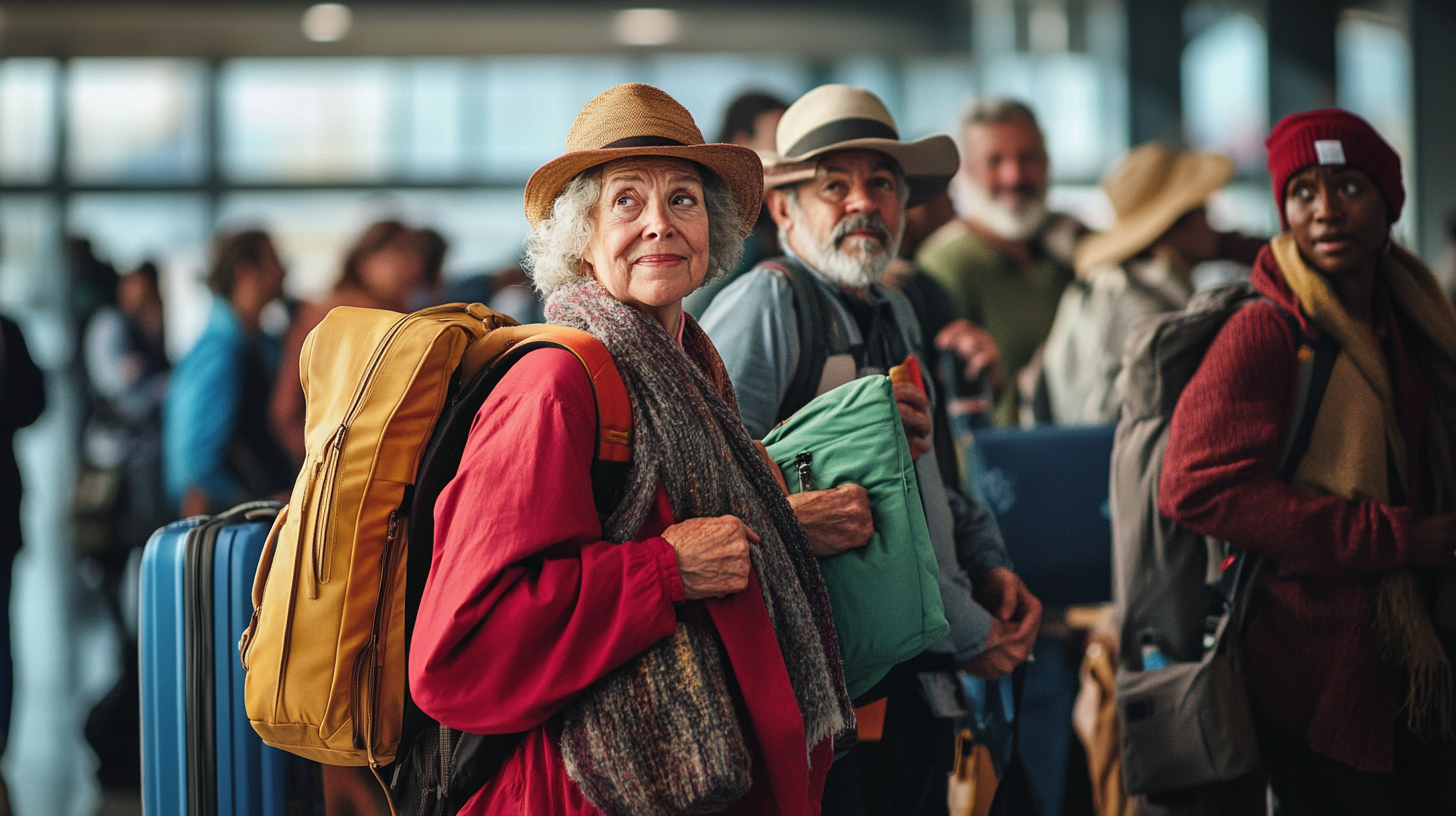
Solo travel is capturing the imagination of a wide range of individuals, but Millennials and Gen Z are particularly driving this movement forward. These younger generations are known for valuing experiences over material possessions, seeking authenticity, and desiring the flexibility to curate their own journeys. They often prefer the spontaneity and personalization that solo travel offers, steering away from the constraints of traditional group tours. The prevalence of social media has also played a role, with platforms allowing young travelers to share their adventures and inspire others.
Interestingly, women are at the forefront of this trend, comprising up to 85% of the solo travel market according to certain studies. This significant majority reflects a growing empowerment among women to explore the world independently, challenging traditional norms and redefining what it means to travel alone. Initiatives and communities, such as online networks for solo female travelers , have emerged, providing support and resources that enhance safety and confidence.
Moreover, solo travel is not confined to the youth. The trend extends notably to individuals over 50, who are embracing solo journeys as an opportunity for self-renewal and adventure. This demonstrates that the allure of solo travel transcends age barriers, appealing to anyone seeking personal fulfillment and new experiences in different stages of life.
Key Motivations Behind Solo Travel

The motivations propelling individuals towards solo travel are as diverse as the travelers themselves, yet they often revolve around core themes of independence and personal enrichment. For many, the allure lies in the unparalleled freedom to chart one’s own course, to linger in places that captivate them, and to embrace spontaneous opportunities without the need for consensus. This autonomy allows travelers to immerse themselves fully in the experience, fostering a deeper connection with the destinations they visit.
Personal growth emerges as a significant driving force. Solo travel presents unique challenges that can enhance resilience and adaptability, pushing individuals out of their comfort zones. Navigating unfamiliar environments alone can boost confidence and encourage a stronger sense of self-reliance. It becomes a journey not just through the physical world, but also an introspective voyage that can lead to profound self-discovery and a clearer understanding of one’s values and aspirations.
Additionally, the rise of remote work has dismantled traditional boundaries between professional and personal life. The increasing acceptance and feasibility of working from anywhere have given birth to the digital nomad lifestyle. This blend of work and travel is exemplified in stories of digital nomads embracing solo travel , enabling individuals to maintain their careers while exploring new cultures and environments. Solo travel becomes a practical and appealing option for those seeking balance between their professional and personal fulfillment.
Popular Destinations for Solo Travelers

Solo travelers are often drawn to destinations that offer a rich tapestry of culture, history, and welcoming atmospheres. European countries like Spain, Italy, and Greece have experienced a notable increase in solo visitors. These nations provide an enticing blend of adventure, relaxation, and deep cultural immersion. From the sun-drenched beaches of the Mediterranean to the bustling markets and historical landmarks, these destinations allow solo travelers to engage fully with local traditions and cuisines.
Cities such as Ho Chi Minh City in Vietnam, Marrakech in Morocco, and Istanbul in Turkey are also surging in popularity among solo adventurers. These urban centers offer vibrant experiences filled with sensory delights—from the aromatic street foods and colorful marketplaces to the stunning architectural wonders and historic sites. The energetic pace and unique charm of these cities cater to independent explorers seeking new perspectives and transformative experiences.
The appeal of these destinations often lies in their balance of accessibility and the opportunity for authentic exploration. They offer robust tourism infrastructure that supports solo travelers, as highlighted in guides to solo-friendly accommodations and activities , including accommodations suited for individuals, guided tours, and communal spaces that facilitate social interactions. This combination makes them ideal for those venturing out on their own, providing both the excitement of discovery and the comfort of traveler-friendly environments.
The Role of Technology and Social Media
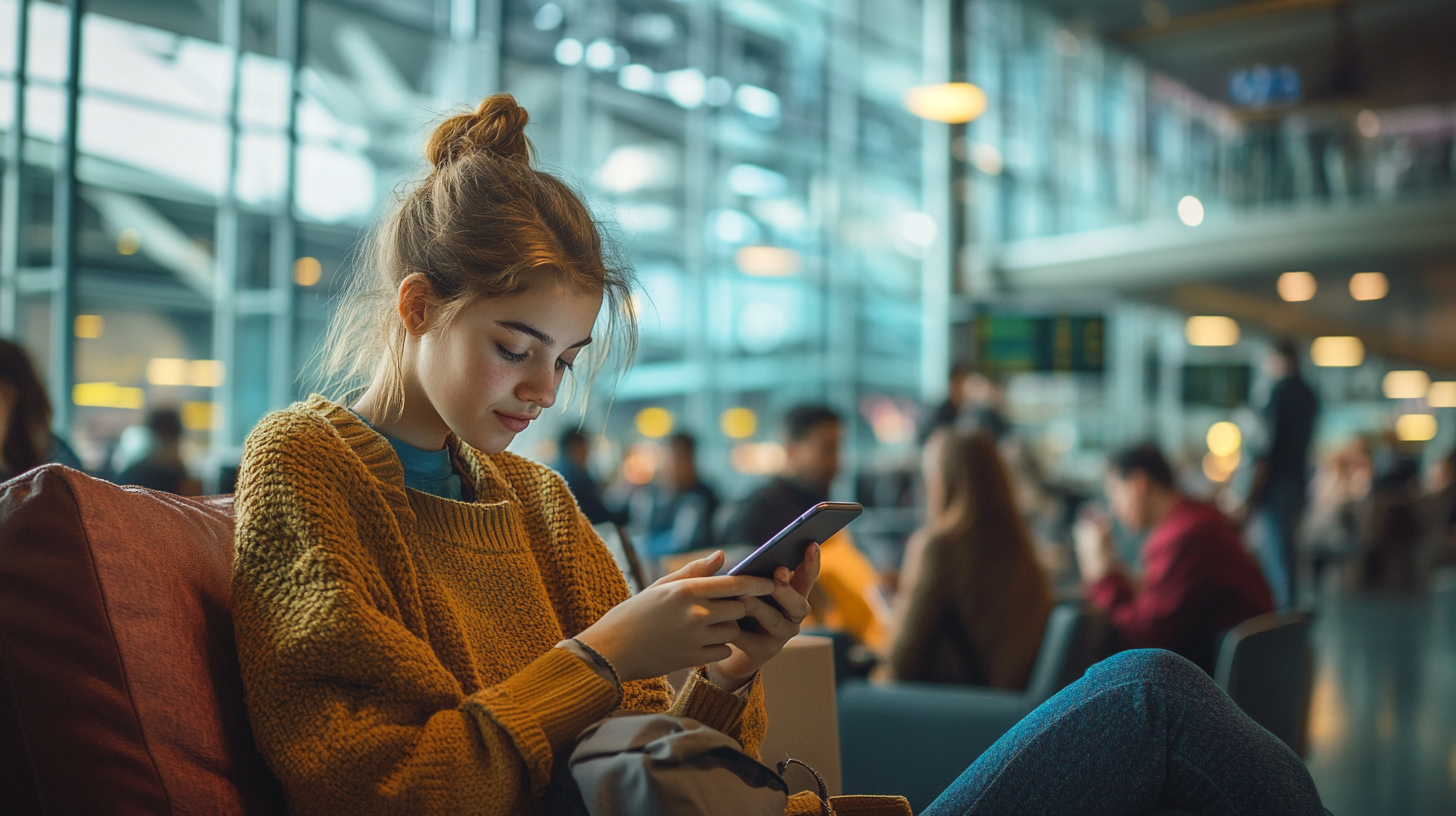
The advent of technology has significantly lowered the barriers to solo travel, making it more accessible and less daunting for individuals venturing out on their own. With a plethora of online resources and mobile applications at their fingertips, solo travelers can effortlessly research destinations, compare accommodation options, book transport, and plan itineraries tailored to their interests. Real-time navigation and translation apps facilitate smoother experiences in foreign countries, allowing travelers to navigate new environments with increased confidence and independence.
Social media platforms have become powerful tools in shaping the solo travel experience. They serve as sources of inspiration and information, enabling travelers to discover hidden gems and off-the-beaten-path attractions through the shared experiences of others. Communities formed on platforms like Instagram, Facebook, and TikTok, such as online forums for solo travel tips and stories , foster a sense of connection among solo travelers worldwide. Increased engagement on TikTok, in particular, showcases a wealth of insights, tips, and personal stories, making solo travel more relatable and less intimidating for newcomers.
Moreover, technology has enhanced safety for solo travelers. Features like location sharing, emergency contacts, and reviews of destinations and services provide an added layer of security. The ability to stay connected with friends and family back home, as well as to meet other travelers or locals through apps, enriches the solo travel experience by blending independence with community engagement.
Challenges and Considerations in Solo Travel
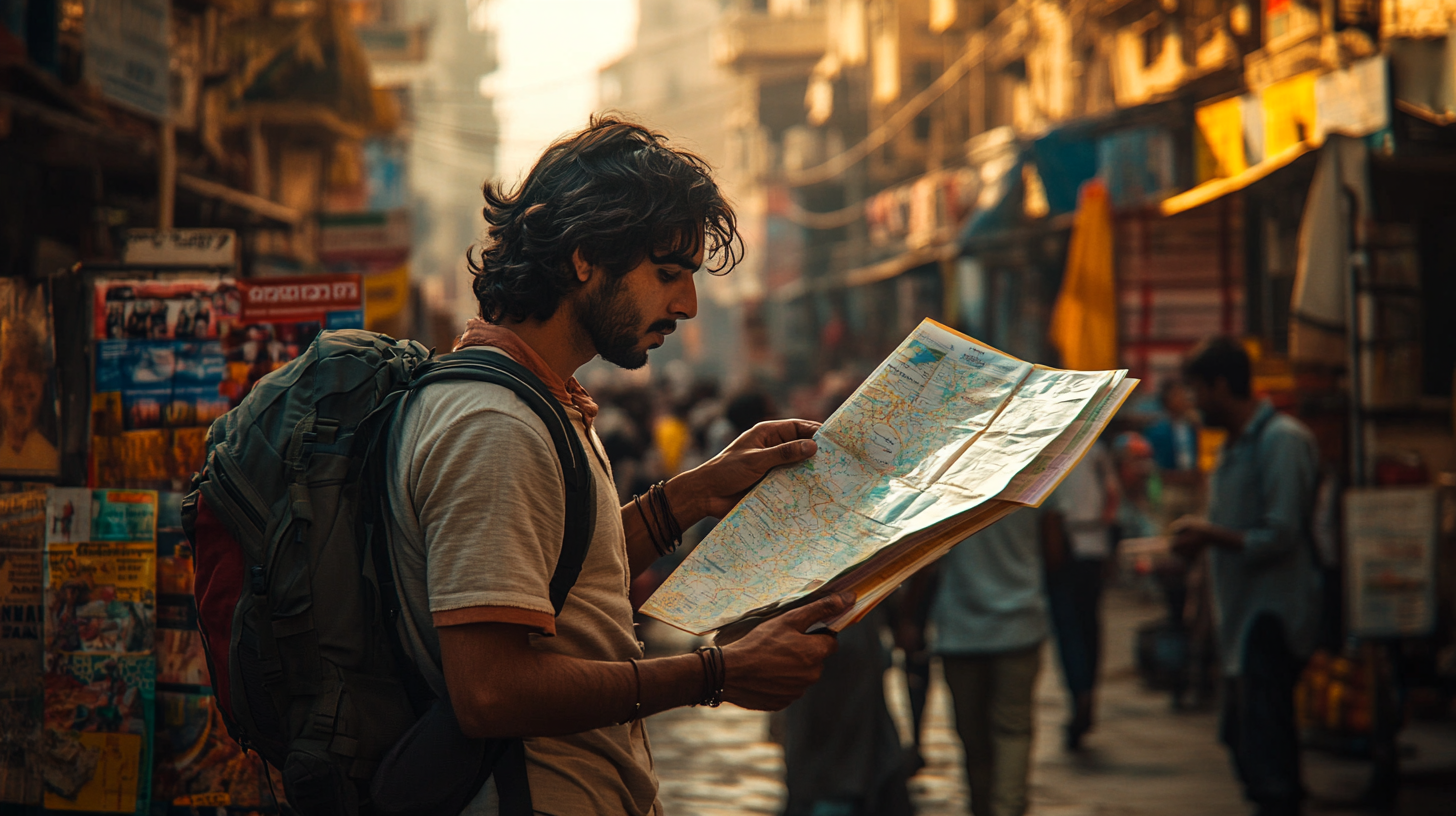
Despite its many benefits, solo travel presents a unique set of challenges that travelers must navigate. Safety remains a paramount concern, particularly for female travelers who may face additional risks in certain regions. Experts, such as those featured in guides on solo travel safety strategies , recommend taking proactive measures such as investing in secure accommodations, researching destinations thoroughly, and maintaining regular communication with trusted contacts back home. Utilizing technology for safety, such as sharing real-time locations or using apps designed for personal security, can also enhance peace of mind.
Loneliness is another potential hurdle associated with traveling alone. Without familiar companionship, some travelers may experience feelings of isolation. However, many solo travelers discover that venturing alone often leads to meaningful interactions and friendships that might not occur when traveling with others. Engaging with local communities, participating in group activities or tours, and staying in social accommodations like hostels or homestays can foster connections and cultural immersion. These experiences can not only alleviate loneliness but also enrich the journey with unique stories and personal growth.
It’s important for solo travelers to be mindful of their well-being, balancing independence with social interaction as per their comfort levels. By acknowledging and preparing for these challenges, individuals can enhance the positive aspects of solo travel, making their adventures rewarding and memorable.
The Travel Industry’s Response
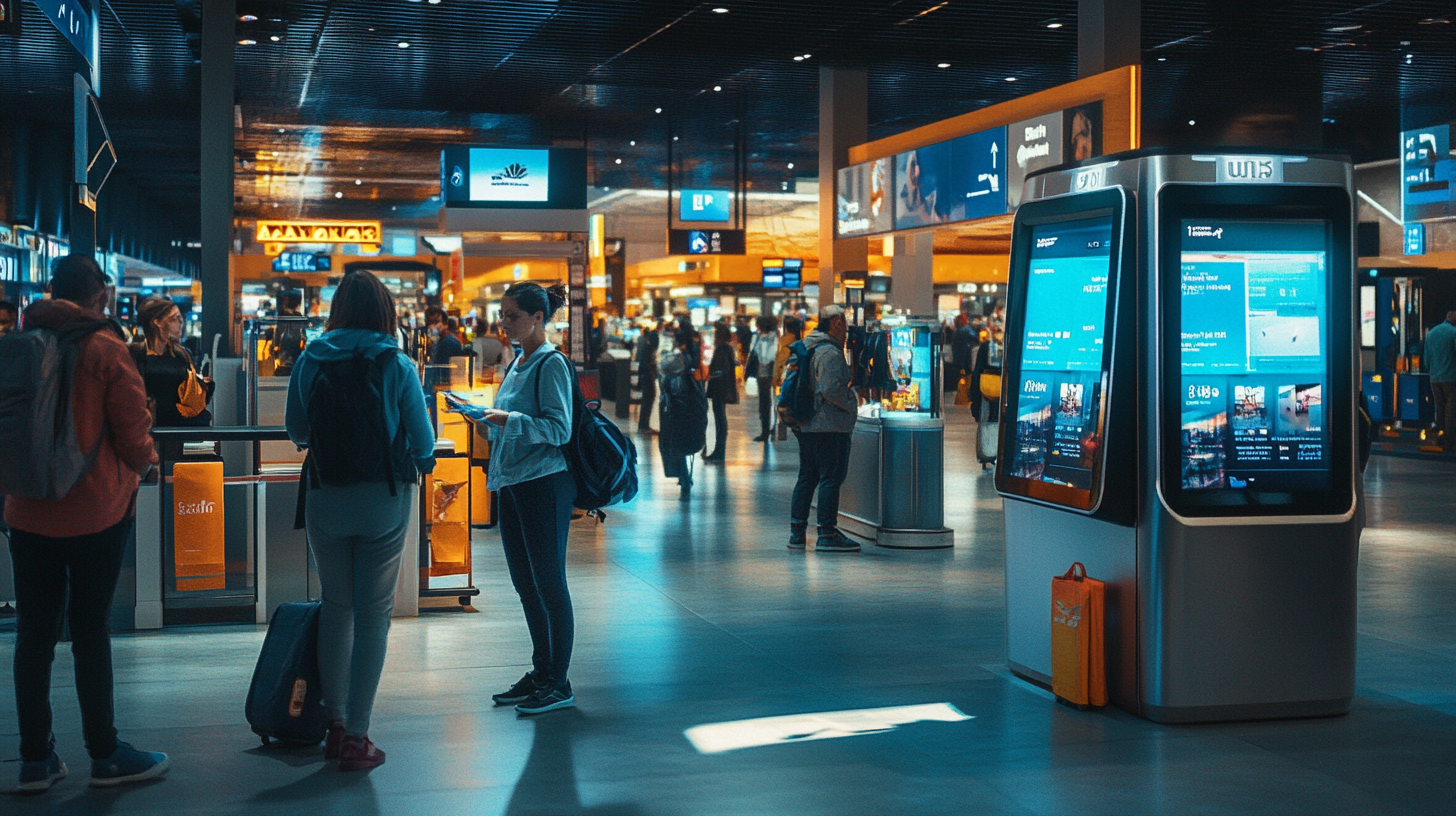
In response to the growing demand for solo travel experiences, the travel industry is proactively adjusting its offerings to better serve this expanding market. Tour operators and travel companies are introducing solo-friendly options that address the unique preferences and concerns of individual travelers. One significant change is the reduction or elimination of single supplements—additional charges typically applied to solo travelers occupying accommodations designed for two. By providing more equitable pricing, companies are making solo travel more financially accessible.
Additionally, accommodations and tours are increasingly designed to foster social interaction among solo travelers. Shared spaces such as communal lounges, co-working areas, and group activities encourage networking and camaraderie, creating opportunities for travelers to connect with like-minded individuals. Travel companies are also curating experiences that emphasize authentic cultural immersion, catering to solo travelers’ desire for meaningful and personalized journeys.
Digital platforms, such as those offering solo travel booking and resource services , are being optimized to deliver content and services tailored specifically to solo travelers. This includes comprehensive safety information, destination guides focusing on solo-friendly locales, and flexible booking options that accommodate the spontaneity valued by many individual travelers. By embracing these changes, the travel industry aims to enhance the solo travel experience, recognizing its significance in the future landscape of global tourism.
The Future of Solo Travel
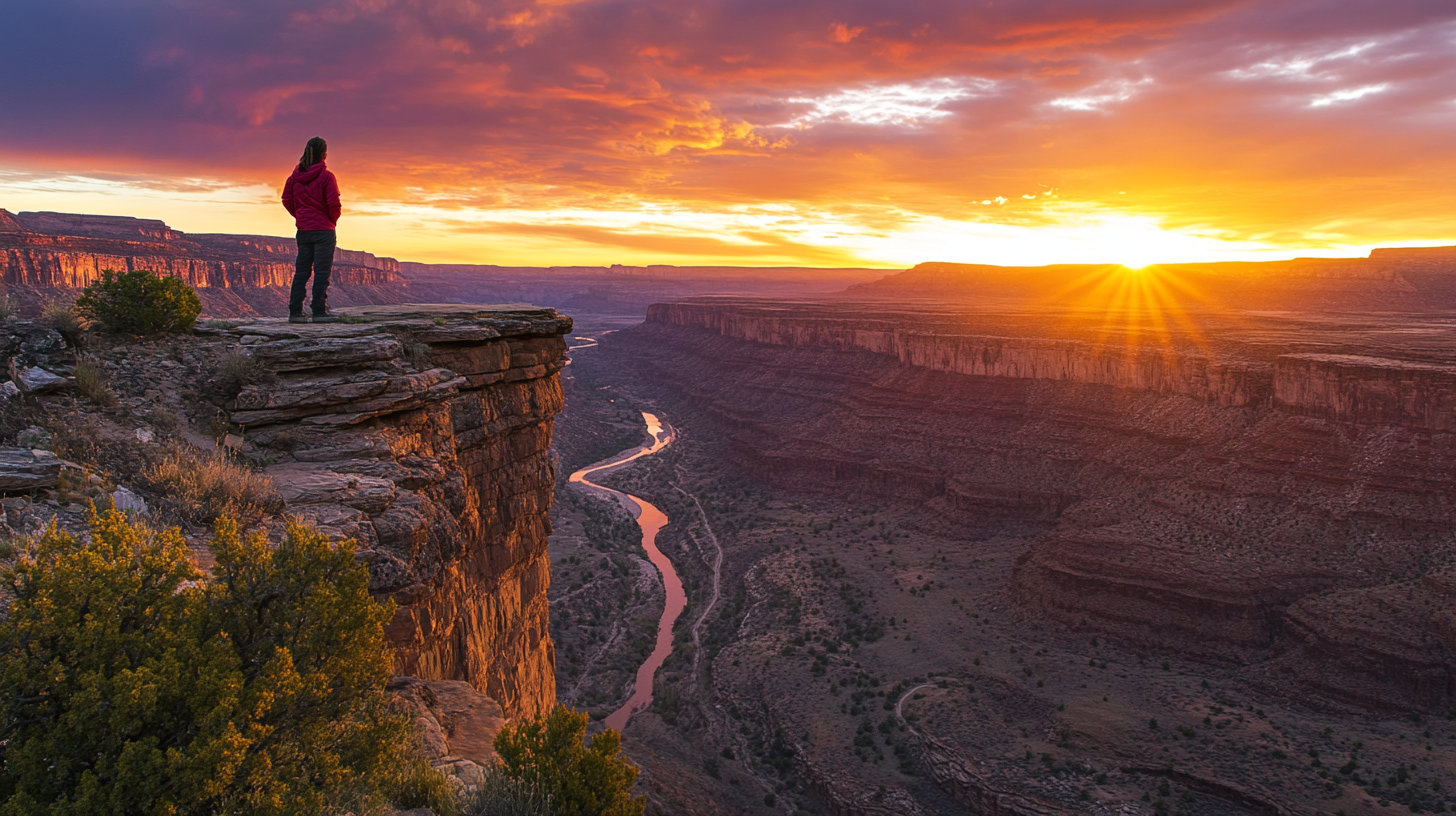
Looking ahead, the future of solo travel appears bright, with projections indicating sustained rapid growth. Resources such as forecasts on solo travel market growth through 2030 indicate an expected compound annual growth rate (CAGR) of 9.1% through 2030, underscoring the momentum behind this movement. Solo travelers are at the forefront of embracing trends that shape the travel industry. Sustainable tourism, for instance, appeals to those who wish to minimize their environmental footprint and engage responsibly with destinations. Solo travelers often have the flexibility to make conscious choices that align with sustainability, such as supporting local businesses and opting for eco-friendly accommodations.
Adventure and wellness travel are also gaining prominence among solo explorers. The pursuit of physical challenges, outdoor activities, and holistic well-being resonates with individuals seeking transformative experiences. Slow travel, which emphasizes immersing oneself deeply in a destination rather than rushing through itineraries, aligns with the desire for authentic connections and personal growth.
As more individuals prioritize individuality and fulfillment, the ethos of solo travel is becoming more ingrained in societal values. The travel industry, recognizing this shift, continues to innovate and support solo adventurers through personalized services and offerings. The growing acceptance and celebration of solo travel suggest that it will remain a significant and influential segment of global tourism, shaping how travel is experienced and perceived in the coming years.
Final Thoughts

Follow us back to Seat 5A for more insights and stories about the evolving world of travel. Solo travel empowers individuals to step beyond the familiar, embrace diverse cultures, and engage in self-discovery that extends beyond the physical journey. It challenges travelers to grow, adapt, and connect in meaningful ways that are often unparalleled when traveling with others.
As the trend of solo travel continues to evolve, it is poised to enrich the global travel landscape. The movement encourages inclusivity, flexibility, and a deeper appreciation for authentic experiences. It not only broadens horizons for individual travelers but also stimulates the travel industry to innovate and cater to the nuanced needs of this dynamic market. The ongoing support and celebration of solo adventurers promise to inspire more people to embark on their own unique journeys, fostering a world that values independence, curiosity, and the shared human experience of exploration.



